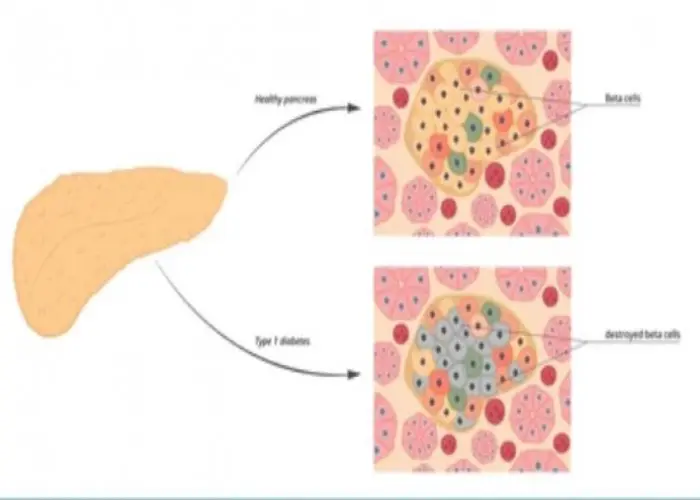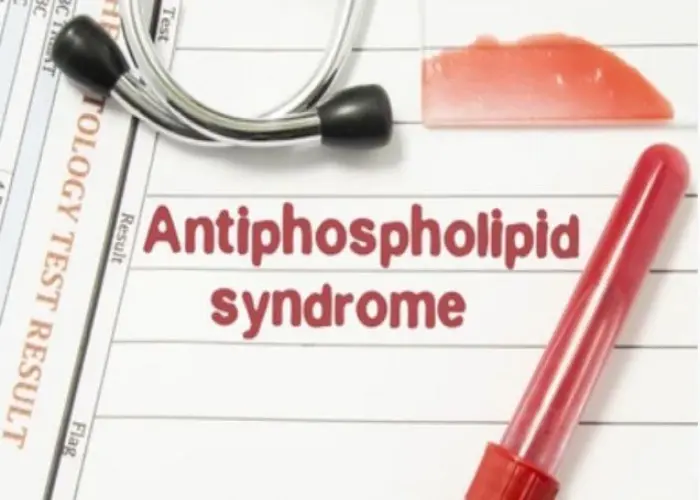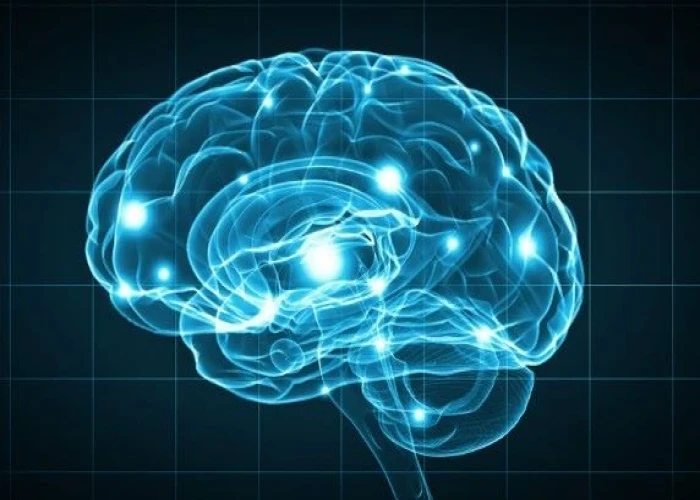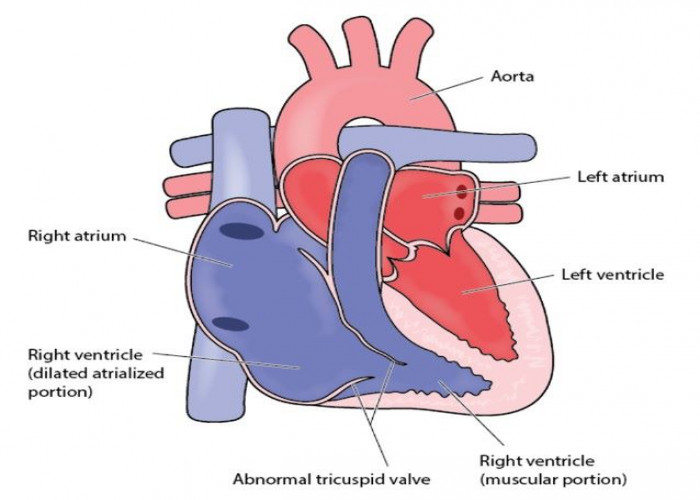 Welcome
Welcome
“May all be happy, may all be healed, may all be at peace and may no one ever suffer."
Ebstein anomaly

Ebstein anomaly is a rare congenital heart defect in which the tricuspid valve, which regulates blood flow between the right atrium and right ventricle of the heart, does not function properly. In Ebstein anomaly, the tricuspid valve is displaced downward, resulting in a leak of blood back into the right atrium during each heartbeat.
The severity of Ebstein anomaly can vary, with some people having only mild symptoms and others experiencing severe complications. Symptoms can include fatigue, shortness of breath, heart palpitations, and an enlarged heart. In severe cases, the defect can lead to heart failure, arrhythmias, and sudden cardiac death.
Diagnosis of Ebstein anomaly involves a physical exam, medical history, and imaging tests such as echocardiogram, electrocardiogram (ECG), and cardiac MRI. Treatment depends on the severity of the condition and can include medications to control symptoms, surgery to repair or replace the tricuspid valve, or a heart transplant in severe cases.
The outlook for people with Ebstein anomaly depends on the severity of the condition and the presence of other medical conditions. With appropriate treatment, many people with Ebstein anomaly can lead relatively normal lives. Regular monitoring by a cardiologist is important to ensure that the condition is properly managed and to detect any complications early.
Research Papers
Disease Signs and Symptoms
- Shortness of breath (dyspnea)
- Fatigue (Tiredness)
- Irregular heartbeats (arrhythmia)
- Rapid heartbeat (tachycardia)
- Blue lips (cyanosis)
- Blue skin (cyanosis)
- Heart disease
Disease Causes
Ebstein anomaly
Ebstein anomaly is a heart defect that you have at birth (congenital). The cause is unknown. To understand how Ebstein anomaly affects your heart, it helps to know how the heart works to supply your body with blood.
How your heart works
Your heart is made up of four chambers. The two upper chambers (atria) receive blood. The two lower chambers (ventricles) pump blood.
Four valves open and close to let blood flow in one direction through the heart. Each valve consists of two or three strong, thin flaps (leaflets) of tissue. A closed valve prevents blood from flowing to the next chamber or from returning to the previous chamber.
Oxygen-poor blood from your body flows into the right atrium. Blood then flows through the tricuspid valve into the right ventricle, which pumps the blood to your lungs. On the other side of your heart, oxygen-rich blood from your lungs flows into the left atrium, through the mitral valve and into the left ventricle, which then pumps the blood to the rest of your body.
What happens in Ebstein anomaly
The tricuspid valve normally sits between the two right heart chambers (right atrium and right ventricle).
In Ebstein anomaly, the tricuspid valve sits lower than normal in the right ventricle. This makes it so that a portion of the right ventricle becomes part of the right atrium, causing the right atrium to enlarge and not work properly.
Also, the tricuspid valve's leaflets are abnormally formed. This can lead to blood leaking backward into the right atrium (tricuspid valve regurgitation).
The location of the valve and how poorly it's formed varies from person to person. Some people have a mildly abnormal valve. Others have a valve that leaks severely.
Other heart conditions associated with Ebstein anomaly
Common associated heart conditions include:
- Holes in the heart. Many people with Ebstein anomaly have a hole between the two upper chambers of the heart called an atrial septal defect or an opening called a patent foramen ovale (PFO). A PFO is a hole between the upper heart chambers that all babies have before birth that usually closes after birth. It can remain open in some people without causing issues.
- These holes can decrease the amount of oxygen available in your blood, causing a bluish discoloration of the lips and skin (cyanosis).
- Abnormal heartbeats (arrhythmias). An abnormal heart rhythm or rapid heartbeats make it difficult for the heart to work properly, especially when the tricuspid valve is leaking severely. Sometimes, a very fast heart rhythm causes fainting spells (syncope).
- Wolff-Parkinson-White (WPW) syndrome. People with WPW syndrome have an abnormal electrical pathway in the heart that can lead to fast heart rates and fainting spells.
Disease Prevents
Disease Treatments
Treatment of Ebstein anomaly depends on the severity of the defect and your signs and symptoms. The goal of treatment is to reduce your symptoms and avoid future complications, such as heart failure and arrhythmias.
Regular monitoring
If you have no signs or symptoms or abnormal heart rhythms, your doctor might recommend monitoring your heart condition with regular checkups.
Follow-up appointments generally include a physical exam and tests such as an electrocardiogram, echocardiogram, Holter monitor test and exercise stress test.
Medications
If you have heart rhythm disturbances, medications might help control your heart rate and maintain normal heart rhythm.
Your doctor might also prescribe medications to ease signs and symptoms of heart failure, such as drugs to prevent water retention (diuretics).
If you have certain heart rhythm problems or a hole (atrial septal defect) between the upper heart chambers, your doctor may prescribe medications to prevent blood clots.
Some babies are given an inhaled substance called nitric oxide to help improve blood flow to the lungs.
Surgery or other procedures
Your doctor might recommend surgery if your symptoms are affecting your quality of life. Surgery might also be recommended if your heart is enlarging and your heart function is decreasing. If you do need surgery, it's important to choose a surgeon who's familiar with the defect and who has training and experience performing procedures to correct it.
Several types of procedures can be used to surgically treat Ebstein anomaly and associated defects.
- Tricuspid valve repair. Surgeons reduce the size of the valve opening and allow the valve leaflets to come together to work properly. A band might be placed around the valve to keep it in place. This procedure is usually done when there's enough valve tissue to allow repair.
- A newer form of tricuspid valve repair is called cone reconstruction. Surgeons separate the leaflets of the tricuspid valve from the heart muscle. The leaflets are then rotated and reattached, creating a "leaflet cone."
- Sometimes, your valve might need to be repaired again or replaced in the future.
- Tricuspid valve replacement. If the valve can't be repaired, your surgeon might remove it and replace it with either a biological tissue (bioprosthetic) or mechanical valve. Mechanical valves aren't used often for tricuspid valve replacement.
- If you have a mechanical valve, you'll need a blood thinner to prevent blood clots. If you have any type of artificial valve, you'll need to take medication to prevent an inflammation of the inner lining of your heart (endocarditis) before dental procedures.
- Closure of the atrial septal defect. If there's a hole between the upper chambers of the heart (atrial septal defect), your surgeon can repair or replace the defective valve. Your surgeon can also repair other heart defects you have during this surgery.
- Maze procedure. If you have fast heart rhythms, your surgeon may perform the Maze procedure during valve repair or replacement surgery. In this procedure, your surgeon makes small incisions in the upper chambers of your heart to create a pattern, or maze, of scar tissue.
- Because scar tissue doesn't conduct electricity, it interrupts the stray heart signals that cause some types of arrhythmias. Extreme cold (cryotherapy) or heat (radiofrequency) energy also can be used to create the scars.
- Radiofrequency catheter ablation. If you have fast or abnormal heart rhythms, your doctor might perform this procedure. Your doctor threads one or more catheters through your blood vessels to your heart.
- Sensors at the tips of the catheters use heat (radiofrequency energy) to damage (ablate) a small area of heart tissue. This blocks the abnormal signals that are causing your arrhythmia. Some people may need repeat procedures.
- Heart transplantation. If you have severe Ebstein anomaly and poor heart function, a heart transplant might be necessary.
Disease Diagnoses
Disease Allopathic Generics
Disease Ayurvedic Generics
Disease Homeopathic Generics
Disease yoga
Ebstein anomaly and Learn More about Diseases

Autoimmune pancreatitis

Antiphospholipid syndrome

CSF leak (Cerebrospinal fluid leak)

Botulism

Lichen sclerosus

Endometriosis

Bacterial vaginosis

Chiari malformation
ebstein anomaly, অ্যাবস্টেইন অসঙ্গতি
To be happy, beautiful, healthy, wealthy, hale and long-lived stay with DM3S.
